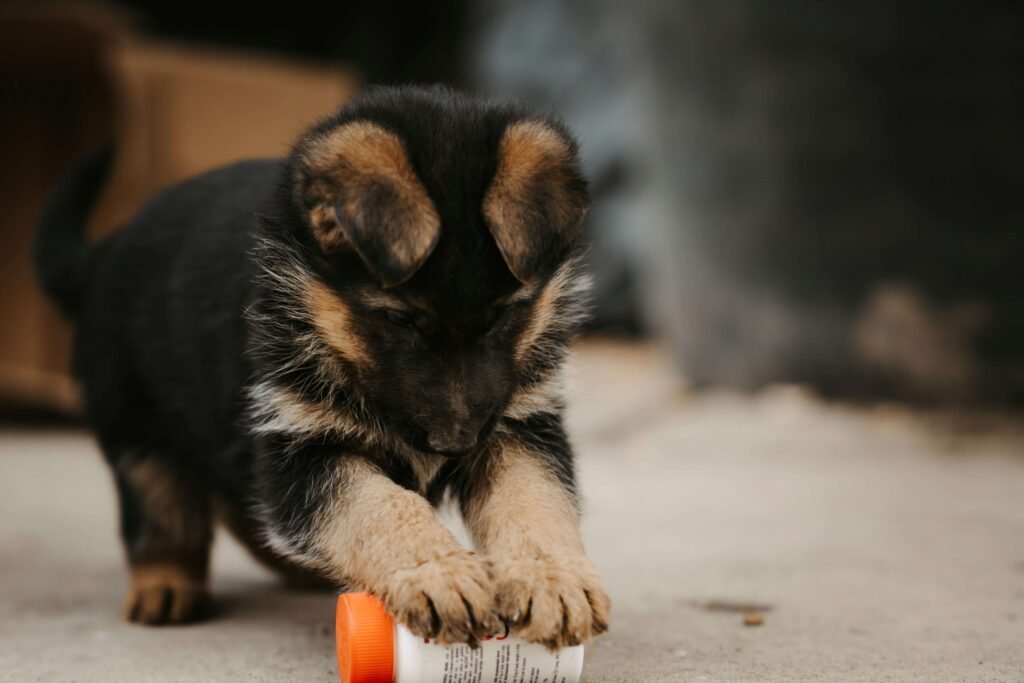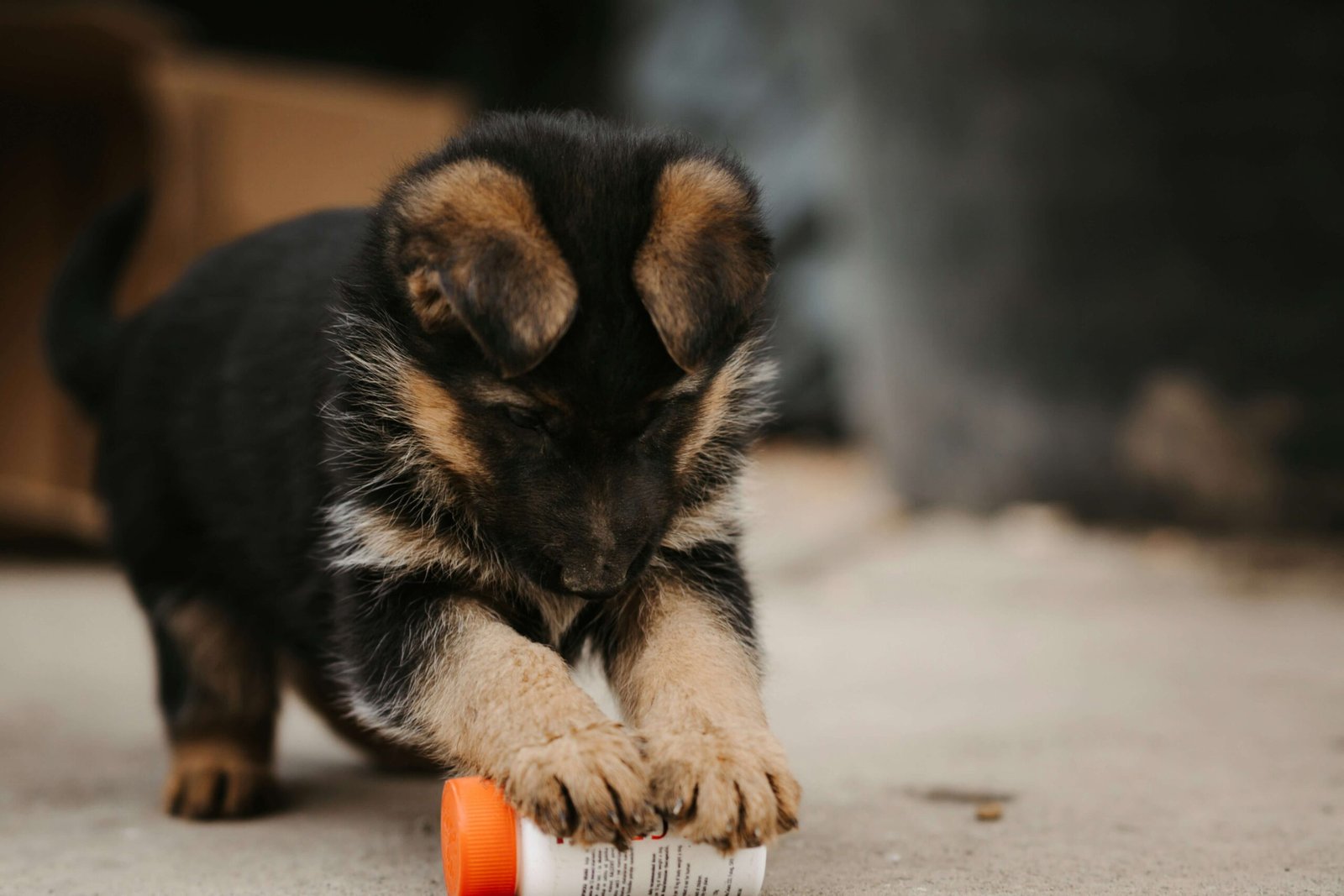Creating the Perfect Dog Run: A Guide for Happy Pups and Peaceful Owners
If you’re a dog owner, you know how important it is to provide your furry friend with space to run, play, and explore. A dog run is more than just a fenced area; it’s a haven where your pet can burn off energy, stay safe, and enjoy the outdoors. Whether you have a large backyard or a small patch of land, building a dog run can be a rewarding project that benefits both you and your canine companion. In this guide, we’ll walk you through everything you need to know about designing and constructing a functional, safe, and enjoyable dog run that suits your pet’s needs.
Key Considerations Before Building Your Dog Run
Before you grab your tools and start digging, take a moment to think about the essential factors that will influence your dog run’s design and functionality. Here are some key points to keep in mind:
Size Matters
Ensure the dog run is spacious enough for your dog to move freely. Larger breeds require more room, while smaller dogs can thrive in compact spaces.Location is Crucial
Choose a spot that offers shade during hot days and is easily accessible for cleaning and maintenance. Avoid areas prone to waterlogging or excessive mud.Safety First
Check for potential hazards like sharp objects, toxic plants, or gaps in the fence that could allow your dog to escape.Durability of Materials
Opt for materials that can withstand weather conditions and your dog’s activity level. For example, sturdy fencing and non-slip ground surfaces are essential.Your Dog’s Personality
Consider your dog’s habits and preferences. Some dogs love to dig, while others may try to jump over fences. Tailor the design to address these behaviors.
By carefully considering these factors, you’ll create a dog run that not only meets your pet’s needs but also ensures long-term satisfaction for both of you.
Essential Materials for Your Dog Run
Building a dog run requires careful selection of materials to ensure safety, comfort, and longevity. Below is a list of items you’ll need, along with their purposes:
Fencing
Choose durable fencing material such as chain-link, wood, or vinyl. Ensure it’s tall enough to prevent escapes, especially for energetic jumpers.Ground Covering
Options include grass, gravel, sand, or rubber mulch. Each has its pros and cons, so choose based on drainage, maintenance, and your dog’s comfort.Gates
Install a secure gate with a latch that your dog cannot open. Self-closing gates are a great option for added safety.Shade Structures
Provide shelter from the sun using trees, pergolas, or shade cloths. This is vital for preventing overheating during summer months.Drainage System
A slight slope or gravel base can help prevent water pooling, keeping the area dry and clean after rain.
With these materials in place, your dog run will be both functional and comfortable, offering a space where your pet can thrive.
Check this guide 👉Why Blueberry Dog Treats Are a Pawsome: Best 7 Expert Tips!
Check this guide 👉Understanding Bubble Theory in Dog Training: Best 7 Pro Tips
Check this guide 👉4 Best Dog Button Kits for Revolutionary Communication!

Feature | Benefit |
|---|---|
Durable Fencing | Prevents escapes and keeps your dog safe |
Proper Ground Cover | Reduces mud and provides a comfortable surface |
Secure Gate | Ensures your dog stays within the designated area |
Shade Structures | Protects your dog from extreme heat or sunburn |
Good Drainage System | Keeps the area dry and minimizes cleaning effort |
Steps to Build Your Dog Run
Now that you’ve planned and gathered materials, it’s time to roll up your sleeves and start building. Follow these steps to create a dog run that’s both practical and enjoyable:
Plan the Layout
Sketch a rough design of the dog run, including dimensions and placement of gates and shade structures.Clear the Area
Remove any debris, rocks, or plants from the chosen location to create a clean slate for construction.Install the Fencing
Dig post holes and secure the fence posts into the ground. Attach the fencing material tightly to avoid gaps.Prepare the Ground
Lay down your chosen ground cover, ensuring it’s even and free of hazards. Compact the surface if necessary.Add Finishing Touches
Install the gate, add shade structures, and incorporate toys or enrichment items to make the space inviting for your dog.
By following these steps, you’ll transform an empty space into a welcoming retreat for your four-legged friend.
Tips for Maintaining Your Dog Run
Once your dog run is built, regular maintenance is key to keeping it safe and enjoyable. Here are some tips to help you care for the space:
Inspect Regularly
Check the fence and gate for signs of wear or damage. Repair any issues promptly to prevent accidents.Clean Frequently
Pick up waste daily and hose down the area weekly to maintain hygiene and reduce odors.Rotate Toys
Keep your dog engaged by swapping out toys every few weeks to prevent boredom.Monitor the Ground
Look for erosion, uneven surfaces, or bare spots that may need attention. Resurface as needed.Trim Vegetation
If there are nearby plants, trim them regularly to prevent overgrowth into the dog run.
With consistent upkeep, your dog run will remain a safe and stimulating environment for years to come.
Additional Tips for Dog Run Design
Designing a dog run involves more than just functionality; it’s about creating a space that enhances your dog’s quality of life. Here are some extra tips to consider during the planning phase:
Incorporate Enrichment Activities
Add elements like tunnels, jumps, or treat-dispensing toys to keep your dog mentally stimulated.Choose Dog-Friendly Plants
If you’re adding greenery, select non-toxic plants like lavender or marigolds to beautify the space safely.Consider Noise Levels
Position the dog run away from high-traffic areas to reduce stress caused by constant noise or disturbances.
By integrating these thoughtful touches, you’ll create a dog run that not only meets basic needs but also enriches your pet’s daily experiences.
Seasonal Adjustments for Your Dog Run
Every season brings unique challenges and opportunities for maintaining a dog run. Adapting to these changes ensures year-round comfort for your furry friend:
Summer Cooling Strategies
Install a small paddling pool or misting system to help your dog beat the heat.Winter Warmth Solutions
Provide a cozy shelter or insulated dog house to protect against cold winds and snow.Spring Cleaning Routine
Remove debris and check for new hazards after winter, such as fallen branches or exposed roots.Fall Preparations
Rake leaves regularly to prevent slippery surfaces and clear out any seasonal allergens.
By staying proactive with seasonal adjustments, you’ll ensure your dog run remains a safe and enjoyable space no matter the weather.
Enhancing Safety in Your Dog Run
Safety should always be a top priority when designing and maintaining a dog run. Here are additional measures to safeguard your pet:
Double-Layer Gates
Install a second gate to create a buffer zone, preventing accidental escapes.Visibility Enhancements
Use bright colors or reflective materials on gates and fencing to improve visibility at night.Secure Anchors
Ensure all fence posts and structures are firmly anchored to withstand strong winds or playful impacts.Emergency Kit Nearby
Keep a first aid kit and contact numbers for your vet easily accessible in case of accidents.
By implementing these safety enhancements, you’ll provide a secure environment where your dog can play without worry.
Frequently Asked Questions About Building a Dog Run
How big should my dog run be?
The size depends on your dog’s breed and activity level. As a rule of thumb, aim for at least 100 square feet per dog.
What type of fencing is best?
Chain-link fencing is durable and cost-effective, but vinyl or wooden fences offer better aesthetics. Choose based on your budget and preferences.
Can I use natural grass as ground cover?
Yes, but be prepared for regular mowing and potential wear from heavy use. Alternatively, consider low-maintenance options like gravel or rubber mulch.
Should I include water access?
Absolutely! Place a sturdy water bowl or automatic dispenser inside the run to keep your dog hydrated.
How do I stop my dog from digging under the fence?
Bury chicken wire or concrete below the fence line, or install a digging deterrent like river rocks along the perimeter.
Final Thoughts: Creating a Happy Haven for Your Dog
Building a dog run is a meaningful investment in your pet’s happiness and well-being. By taking the time to plan, gather quality materials, and construct a safe and engaging space, you’re giving your dog the freedom to explore while ensuring peace of mind for yourself. Remember, the key to a successful dog run lies in understanding your dog’s unique needs and maintaining the space regularly. With these tips in hand, you’re ready to embark on this rewarding project and create a haven where your furry friend can thrive.
Understanding Scabs in Dogs Ears: Best 7 Tips! Learn how to identify, treat, and prevent scabs in your dog’s ears for optimal ear health.
Is Cinnamon Bad for Dogs? Best 7 Health Tips! Discover safe ways to use cinnamon, risks to avoid, and expert advice to keep your dog healthy.
Can Dogs Get Pneumonia from Humans? Best 7 Tips! Learn how to protect your dog, understand transmission risks, and ensure their respiratory health.
Can Dog Urine Make You Sick? Best 7 Health Tips! Learn how to stay safe, prevent illness, and handle exposure to dog urine effectively.





